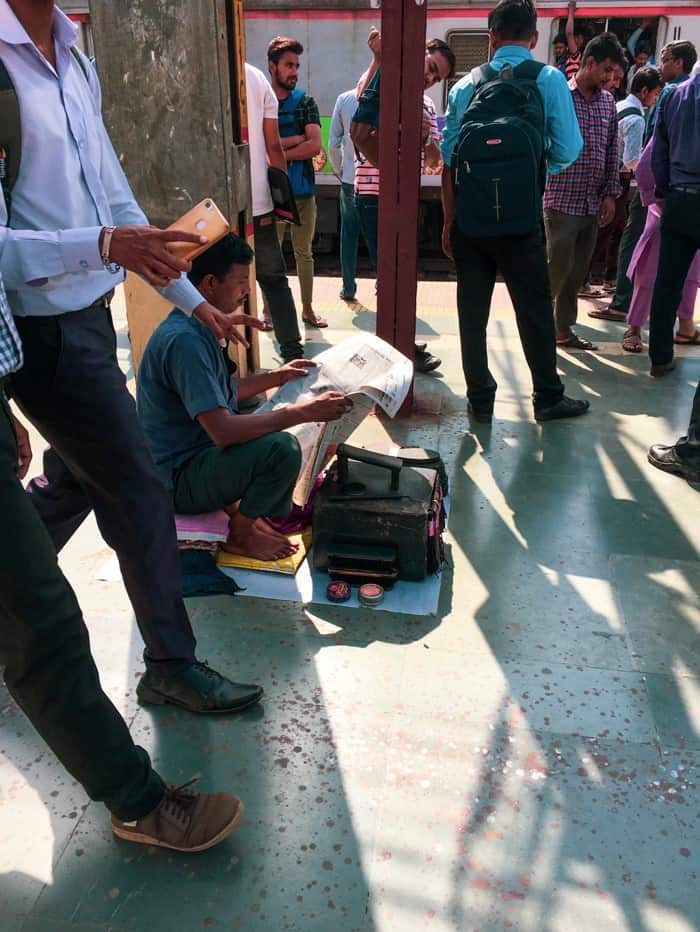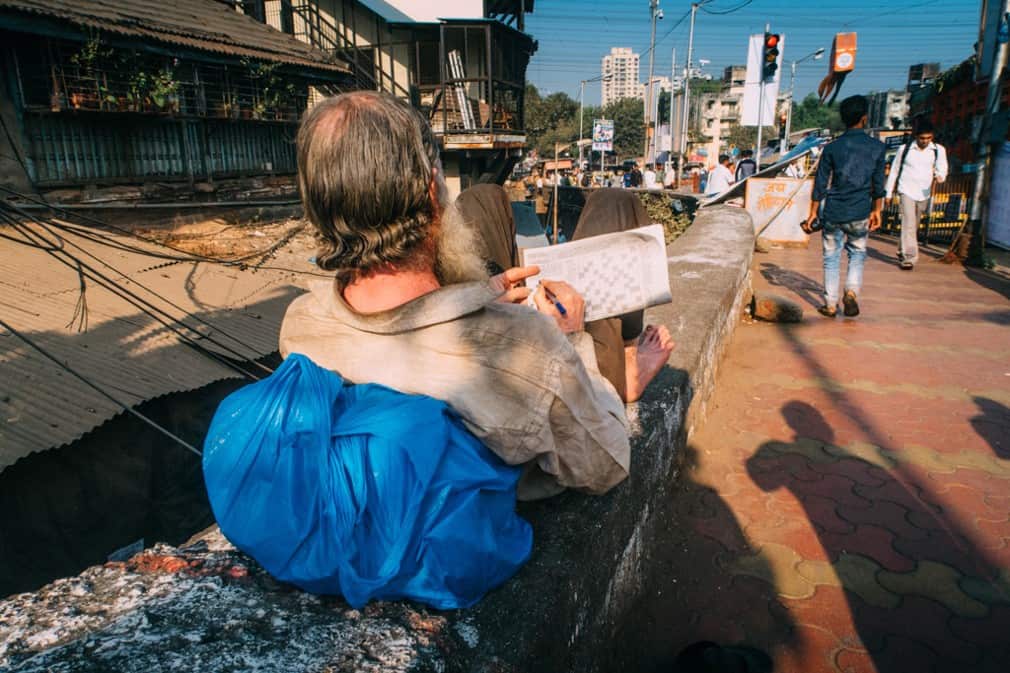When fifty-one-year-old Matilda Fonceca first wheeled herself through the gates of the Better World Shelter for women with disabilities in Chennai, she was not looking for transformation. She simply wanted a safe place to stay. The locomotor disability that has shaped her life since childhood has never stopped her from pursuing independence, yet it has often dictated how society has treated her. Much of her youth was spent moving between NGOs, where she learned early that institutions might make space for her, but rarely with her needs in mind. Before arriving here, Matilda lived an ordinary urban life, working night…


















